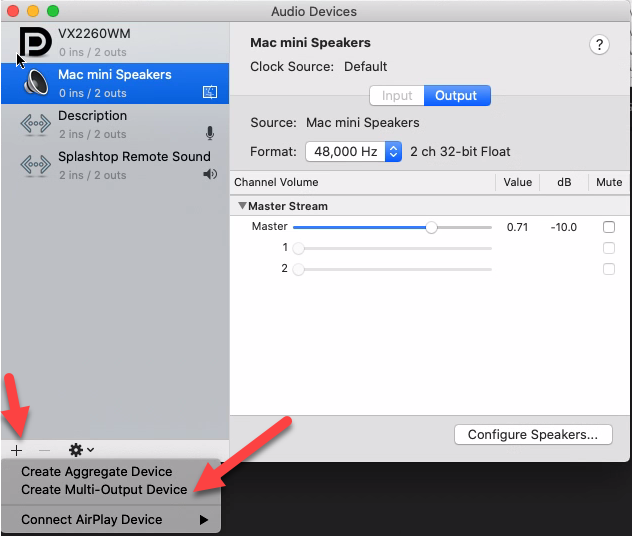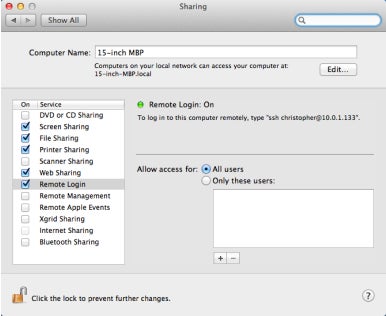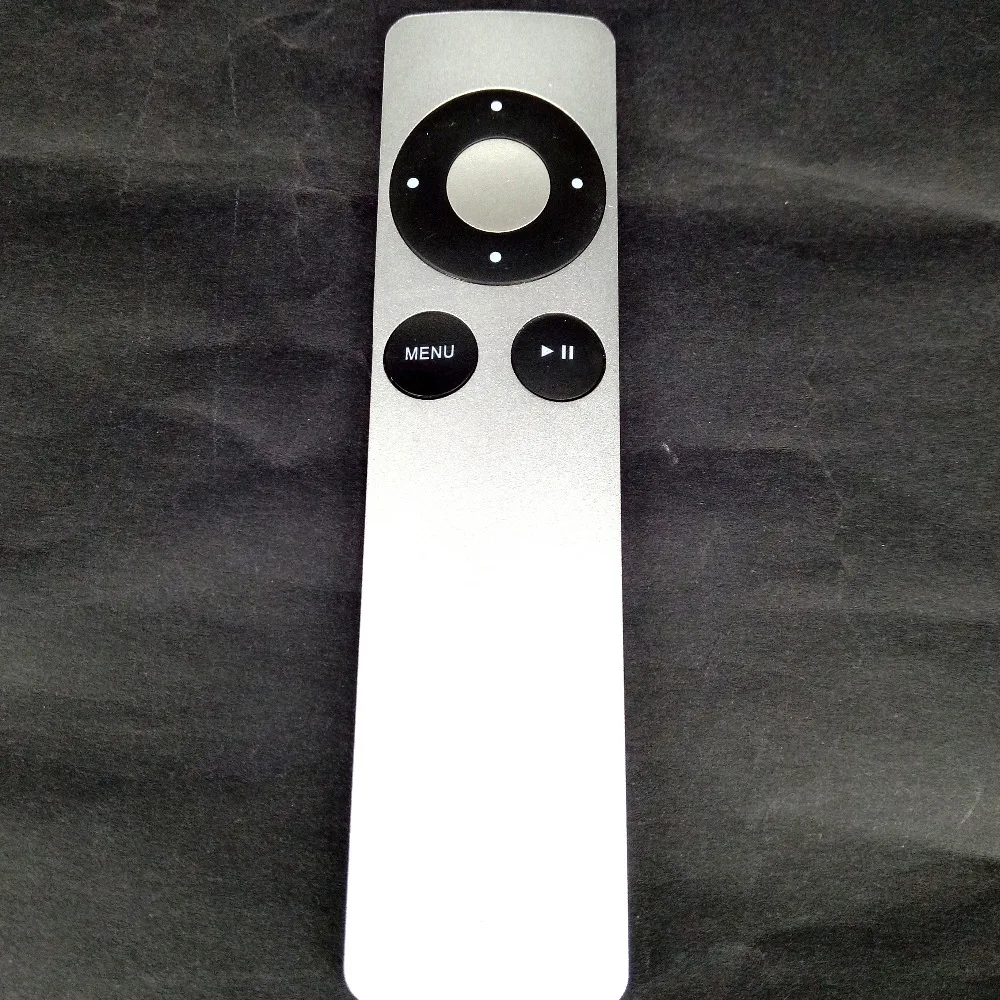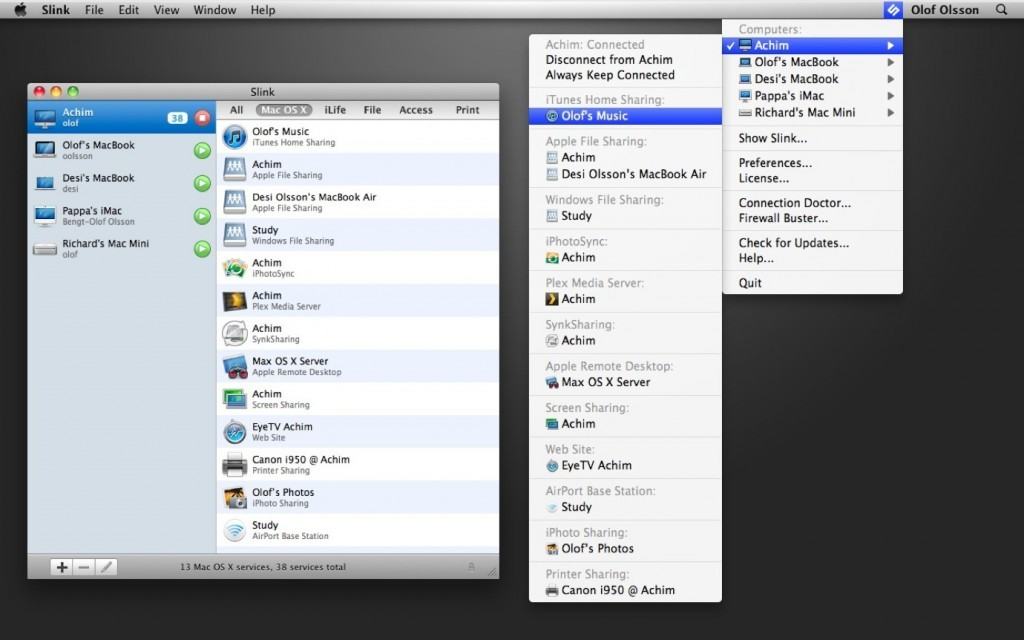

For example, a particularly useful one that many users may want to enable is Sound Check. While you’re in Settings, you can check out other options for Apple Music as well. That’s all there is to it! From here, your songs in Apple Music will crossfade from one song right into the next, meaning there won’t be any pauses in your music. You can set the range anywhere from one second to 12 seconds. The longer the crossfade, the longer the last track will play into the next track. Once it is enabled, you can also adjust the length of time songs will take to crossfade.

Scroll down, and ensure the button next to Crossfade is turned on.Simply follow these steps to get Crossfade in Apple Music:

Note that this feature does not work properly on the first iOS 17 Developer Beta. You may also experience some issues with AirPlay. If you want to enable crossfade on Apple Music, simply follow these steps.

How Do I Enable Crossfade on Apple Music? There’s a lot of features packed into Apple Music thanks to iOS 17. Fortunately, setting up crossfade on your iPhone is super easy, so we have plenty of time to discuss what’s new. I’m also going to take a look at some additional settings that are also available in Apple Music, while also showing what’s new with the app in iOS 17. It’s a great feature that many might feel has been a longtime coming, so here’s how you can use it with iOS 17 and beyond.įor Apple Music fans, I’m going to show how you can set up this long-requested feature. Not only does this help keep a party going, but it can also be great for workouts, or just listening to music without pauses in between tracks. A feature that many users have been requesting for awhile, crossfade allows one track to seamlessly play and blend into the next. We’re not afraid of this sort of thing, but there’s a good reason why no other product does this.Those that like to rock, know that Apple Music now features an option to crossfade music tracks thanks to iOS 17. The number of permutations and potential bad interactions once you get a few technologies involved in the same stream are mind-boggling. No matter what, it’s a testing/QA nightmare. With others, there’s just no way to control the precise relationship between time-in-the-universe and time-in-the-audio-stream. With some technologies, it’s seemingly straightforward. We haven’t decided yet.Ĭross-technology zone grouping (meaning grouping AirPlay/Meridian/etc networked zones with Roon Zones or local outputs) is a more ambitious project.
#Remote for mac music code#
There’s also the possibility that local outputs will be switched over to use the RoonSpeakers code under the hood always, which makes them groupable in a different way.
#Remote for mac music software#
Worth noting:, as soon as RoonSpeakers software implementations are available, you’ll be able to effectively group local devices by running RoonSpeakers on the same box next to your server and configuring your outputs that way instead of as “local outputs” within the app. Are you guys planning improved grouping straight up or is it likely to follow on after an initial release ? Let’s ask or if they can tell us anything further about grouping and the forthcoming release of RoonSpeakers.


 0 kommentar(er)
0 kommentar(er)
